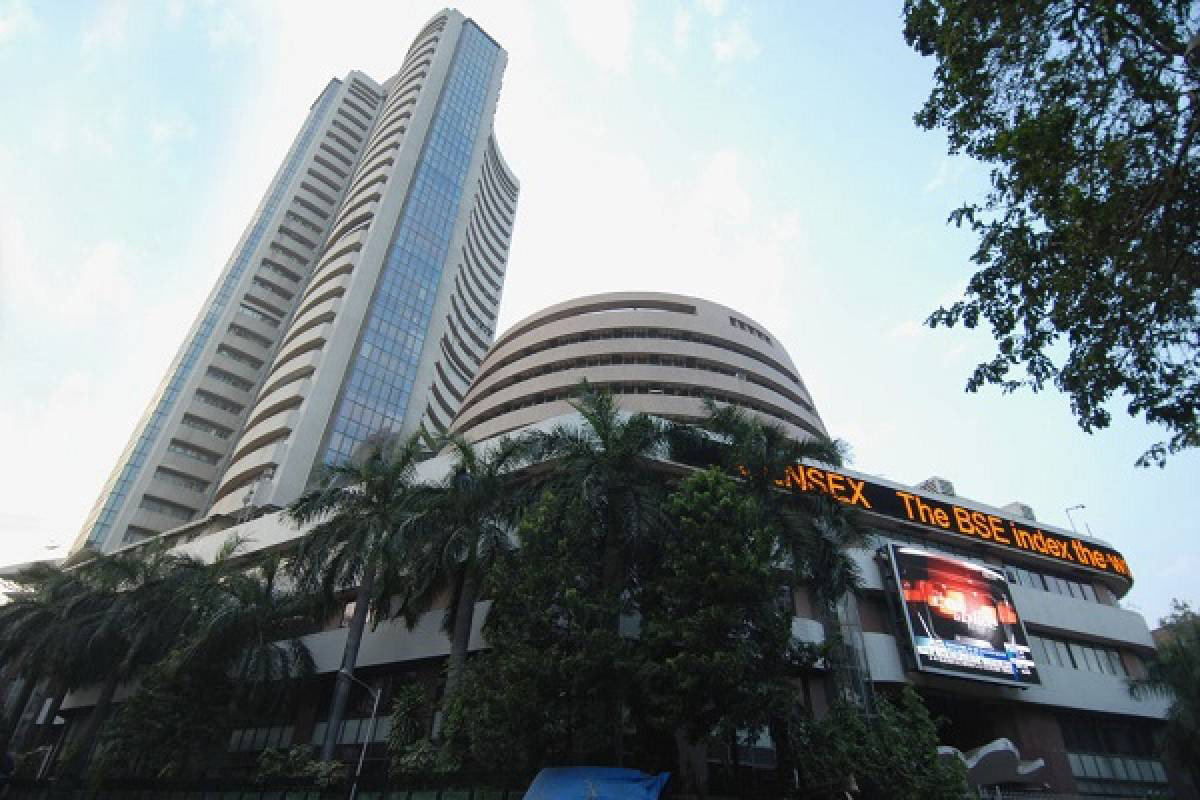Market Reality
India's equity markets, long buoyed by strong economic growth and rising corporate earnings, are now facing a sharp and prolonged correction.
Sensex traded at 57,253.40 points, down 845.52 points or 1.46 per cent, whereas Nifty traded at 17,043.90 points, down 283.45 points or 1.64 per cent.

Sensex traded at 57,253.40 points, down 845.52 points or 1.46 per cent, whereas Nifty traded at 17,043.90 points, down 283.45 points or 1.64 per cent.
Indian stocks extended their losses from the previous week and declined further on Monday morning following the latest policy rates hike by the US Federal Reserve in its fight against high inflation.
At 40.49 am, Sensex traded at 57,253.40 points, down 845.52 points or 1.46 per cent, whereas Nifty traded at 17,043.90 points, down 283.45 points or 1.64 per cent.
Advertisement
The latest slump reversed the positive sentiments in the domestic market that continued for two months. US Federal Reserve’s hiked rates and a tighter monetary policy across central banks across the world hinted to investors for the sell-off.
Advertisement
On Friday, the key indices, Sensex and Nifty slumped by nearly two per cent, leading to an erosion of over Rs 4 lakh crore of investors’ wealth amid weak global cues.
Further tightening of monetary policy in the US essentially means that investors will have a tendency to move to the US markets for better and stable returns. The US Federal Reserve had raised the repo rate by 75 basis points — which is the third consecutive hike of the same magnitude, in line with expectations.
The Fed also hinted that more rate hikes were coming and that these rates would stay elevated until 2024.
The US central bank seeks to achieve maximum employment and inflation at the rate of 2 per cent over the long run and it anticipates that the ongoing hikes in the target range will be appropriate. Raising interest rates is a monetary policy instrument that typically helps suppress demand in the economy, thereby helping the inflation rate decline.
The RBI Monetary Policy Committee meet during September 28-30 will be thoroughly watched by stakeholders as markets anticipate a 50-basis points increase in the repo rate. Foreign reserves, which fell 14 per cent from the peak, will also keep the markets on edge.
Meanwhile, continuing with the depreciation, Rupee slipped further from the past week’s low and hit another lifetime low on Monday morning. This consistent depreciation follows the ongoing strengthening of the US dollar index to a two-decade high, hoping that demand for safe-haven currency such as the dollar would pick up.
This morning, it crossed 81.50 against the US dollar. On Friday, it closed at 81.25. Notably, last Thursday’s depreciation was the biggest single-day fall for the rupee since February 24.
“The panic is created by the dollar index which witnesses strong buying as a strong hedge against interest rate hikes and inflation cycle. The rupee downtrend will continue as long as positive triggers are not witnessed from the inflation forefront.
The next trigger for the rupee next week is the RBI policy which shall provide some respite to the rupee fall. Rupee range can be seen between 80.50-81.55 before RBI policy,” said Jateen Trivedi, VP Research Analyst at LKP Securities.
India’s forex reserves are at a two-year low.
The reserves have dropped by almost USD 80 billion since the escalation of the Russia-Ukraine tensions into war earlier this year.
India’s forex reserves have been consistently depleting for the past few months because of RBI’s likely intervention in the market to defend the depreciating rupee and for the country’s trade settlement. This depletion is yet another possible reason the rupee has been weakening.
Typically, the RBI intervenes in the market through liquidity management, including through the selling of dollars, with a view to preventing a steep depreciation in the rupee. A depreciation in the rupee typically makes imported items costlier.
Advertisement